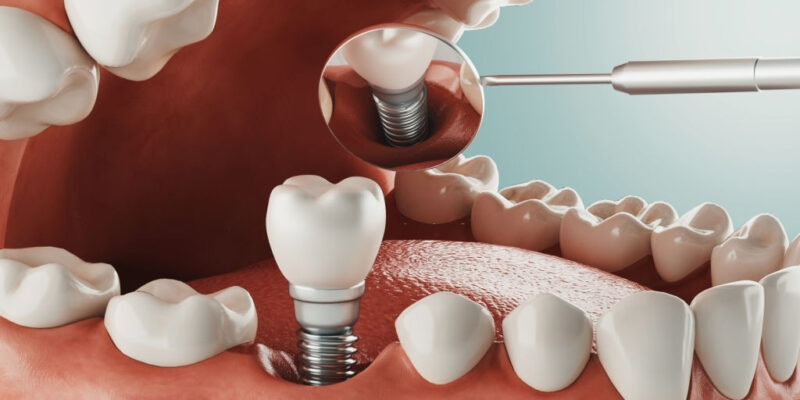Many among us might be missing a tooth or two for many different reasons. This can harm our confidence and overall visual appeal. However, there is a way through which we can restore the missing tooth and get back our confidence through dental implants. These implants can fuse into our jawbone right under the gums and function exactly like our natural teeth. Anyone can get these implants from the experts of dental implants Frisco, TX, without much hassle. Therefore, let us take a deeper look and understand what dental implants are all about.
What Are Dental Implants And How Do They Work?
In simple words, dental implants are metal fixtures placed on our jawbone under the gums using a surgical procedure. Once the implants are placed appropriately, we can mount our artificial tooth onto the implant. The metal implants that we are talking about here are anchored to our jaw bone using a complex process called osseointegration, where the bone is fused into the metal. This procedure is ubiquitous among everyone practicing dentistry in Frisco, TX, as it ensures stable support for the implant enabling one to speak and eat without any hassle.
Different Kinds Of Dental Implants?
In general, there are two different types of dental implants, namely subperiosteal and endosteal. The shape, size, and health of jawbones can vary among different individuals, so dentists have to analyze all of these factors to determine the ideal procedure for an individual. We must always consult our dentists to determine the best-suited type of dental implant.
What Are Subperiosteal Implants?
When we opt for a subperiosteal implant, generally, the dental implant lays on the top of the jawbone and underneath the gums. The complex surgical process called osseointegration is used to fix the implant with the jawbone. There are many different reasons why dentists recommend their patients opt for subperiosteal implants. One such reason could be the inappropriate shape and size of the jawbone, and the other could be the poor health of the jawbone. Further, dentists need to carry out two different surgeries to ensure a successful subperiosteal implant.
What Are Endosteal Implants?
Endosteal implants are screws or blades made of titanium inserted into our jawbone using a complex surgical process. This is the most common and widely used dental implant. In this case, surgeons install the implant and wait for 4-6 weeks for the bone to fuse with the metal. After the metal and bone have fused effectively, the dentists install the abutment into the blade or screw. The abutment is a connecting piece that will hold the artificial tooth in place. This process might take longer, but the patient will not face any challenges when eating, drinking, or talking during this process as long as everything goes right.
Wrapping Up
People often think that there are side effects to dental implants, but in reality, there are no recorded side effects as long as everything is done appropriately under the supervision of an experienced dentist. Therefore, if someone is missing a tooth, then they can consult their dentist to determine the ideal way to move forward and get the implant without any hassle.


